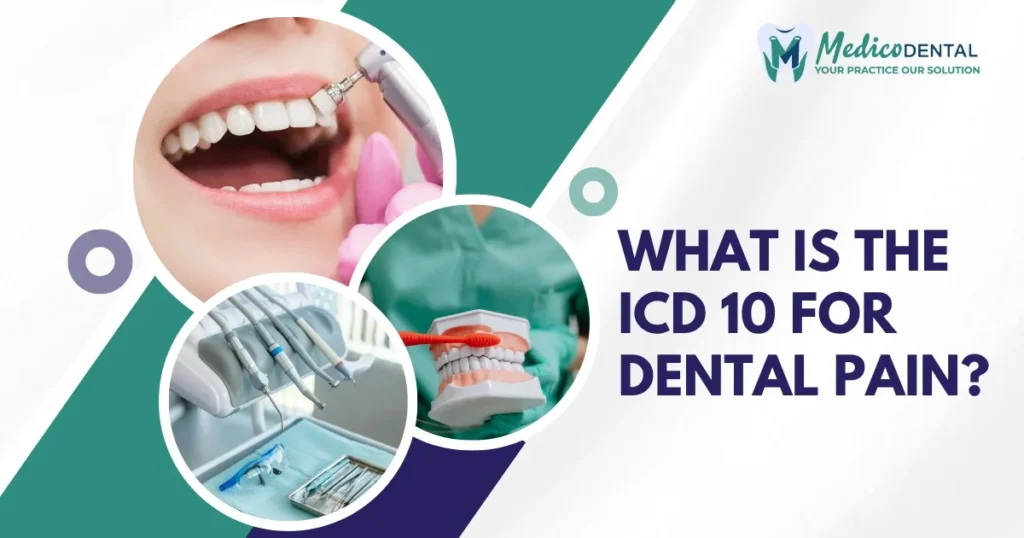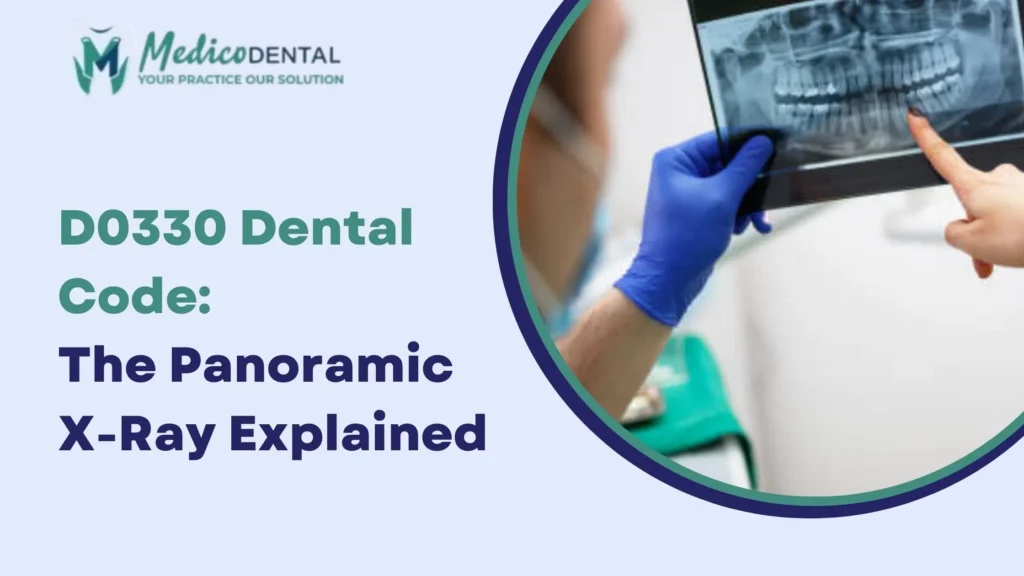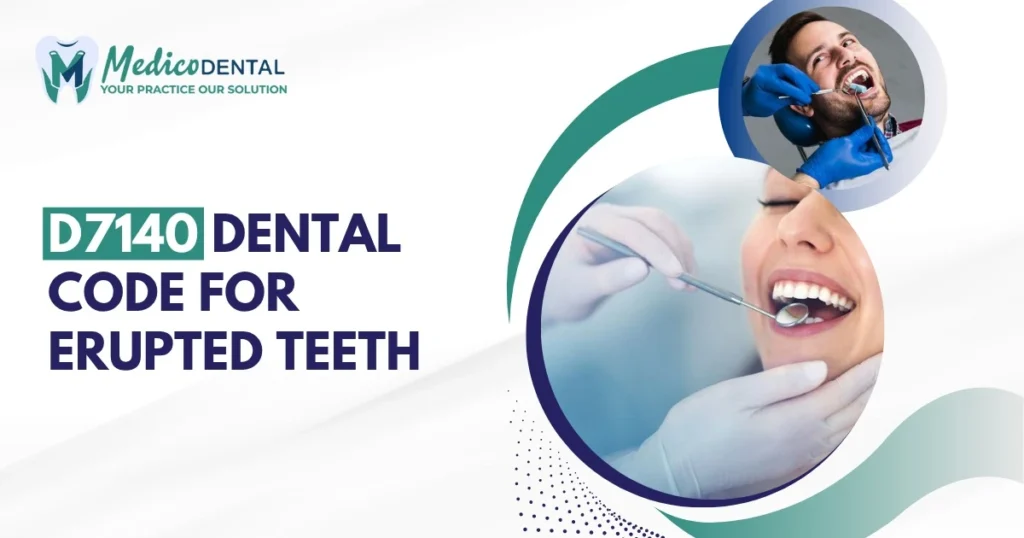Dental pain can be a symptom of various underlying dental conditions, ranging from tooth decay to jaw pain or a cracked tooth. Identifying the exact cause of dental pain is crucial for proper treatment and diagnosis. Accurate diagnosis not only helps in providing effective relief but also ensures proper medical billing and record keeping. ICD 10 coding plays a vital role in this process, helping healthcare providers classify and document the cause of the pain, ensuring correct treatment and insurance reimbursement. Understanding how to utilize these codes helps both practitioners and patients navigate the healthcare system smoothly.
What is ICD 10?
Brief Explanation of ICD 10
The International Classification of Diseases, 10th Edition (ICD 10), is a standardized system used by healthcare professionals worldwide to classify and code all diseases, conditions, and symptoms. Developed by the World Health Organization (WHO), it is an essential tool for maintaining patient records, conducting research, and ensuring proper billing procedures.
Role of ICD 10 in Medical and Dental Diagnosis
ICD 10 provides a common language for health professionals, ensuring clarity and accuracy in diagnoses. In dental practice, this system helps to document specific conditions that may cause pain, such as tooth infections, gum diseases, or malocclusions. Using the appropriate ICD 10 code is necessary for billing insurance companies, facilitating effective treatment plans, and maintaining comprehensive patient records.
Common ICD 10 Codes for Dental Pain
Here are some of the most commonly used ICD 10 codes for diagnosing dental pain, each corresponding to a specific dental condition:
K08.9: Other Specified Disorders of Teeth and Supporting Structures
This code is used when dental pain arises from an unspecified disorder of the teeth or surrounding structures that does not fall under other categories. It is often used for cases where the exact condition is unclear, but there is an issue with the teeth or the structures supporting them.
K02.5: Dental Caries on Pit and Fissure Surface
This code is used when dental pain is caused by dental caries (cavities) on the pit and fissure surfaces of the teeth, particularly in hard to reach areas like the grooves of molars.
K03.81: Cracked Tooth
When a tooth has visible cracks, which often lead to pain, the ICD 10 code K03.81 is applied. Cracked teeth can be a significant source of dental pain, particularly when chewing.
K04.0: Pulpitis
Pulpitis refers to inflammation of the tooth pulp, often caused by an infection or severe decay. This condition is associated with intense, throbbing pain. The ICD 10 code for this is K04.0.
K01.1: Impacted Tooth
An impacted tooth occurs when a tooth, often a wisdom tooth, fails to emerge from the gums properly, causing pain and discomfort. The ICD 10 code K01.1 is used to identify this condition.
R68.84: Jaw Pain
While not always directly related to the teeth, jaw pain (which can also be referred to as temporomandibular joint disorder or TMJ) can often be linked to dental conditions such as misalignments or bruxism (teeth grinding). This code addresses general jaw pain symptoms.
K08.8: Toothache
This code is for general toothaches caused by various underlying conditions, such as infections, trauma, or decay. It’s the most common code for patients presenting with unexplained tooth pain.
When to Use Each ICD 10 Code for Dental Pain
Guidelines for Selecting the Right Code Based on Symptoms
The key to selecting the appropriate ICD 10 code is to accurately match the patient’s symptoms with the most specific condition. For example:
- Dental caries causing pain should be coded with K02.5, as it specifically addresses cavities on pit and fissure surfaces.
- If the patient reports severe pain from a tooth that is cracked, K03.81 would be the correct code.
- Jaw pain unrelated to a specific tooth issue should be coded as R68.84, while pain from an impacted tooth would be diagnosed with K01.1.
Example Scenarios and Correct Coding Practices
Scenario 1: A Patient with a Severe Toothache Due to a Cavity
If a patient presents with severe tooth pain due to a cavity, the dentist should code it as K02.58 (Dental caries on pit and fissure surface with complications), as the cavity likely involves more than just surface decay.
Scenario 2: A Patient with a Cracked Tooth
For a patient with a visibly cracked tooth, often causing sharp pain when chewing, the code K03.81 would be appropriate to indicate the presence of the cracked tooth.
Scenario 3: A Patient with Impacted Wisdom Teeth
When a patient complains of pain related to an impacted wisdom tooth, K01.1 is the correct ICD 10 code, which should be used for reporting the impacted tooth causing the discomfort.
Scenario 4: Jaw Pain Possibly Due to TMJ Disorder
In cases of jaw pain that doesn’t stem directly from a tooth issue, but instead from a misalignment or TMJ disorder, R68.84 should be used to describe the jaw pain.
Additional Considerations for Dental Pain Diagnosis
Use of Modifiers for Severity (e.g., Adding “8” for Severe Cases)
Modifiers in ICD 10 codes help to provide additional information about the severity or specifics of a condition. For dental pain, adding a modifier such as “8” can indicate a severe case of a particular condition. For instance, if a patient’s dental pain is due to a cavity that has progressed to an advanced stage of decay or if the pain is chronic and intense, the modifier “8” can be added to the code.
For example, K02.58 would be used for advanced dental caries on the pit and fissure surface, and adding the modifier would indicate that the condition is more severe. Properly using these modifiers ensures that dental practitioners give a more accurate picture of the patient’s condition, which is critical for both treatment and insurance claims.
Associating Other Dental Conditions (Gingivitis, Periodontitis, etc.)
Sometimes, dental pain is not an isolated issue but is related to other dental conditions such as gingivitis or periodontitis. When diagnosing dental pain, it’s important to associate these underlying conditions with the pain. For example, if a patient’s tooth pain is a result of gum disease, you would need to code both the dental pain and the underlying condition.
For example:
- K05.1 (Chronic gingivitis) would be used when a patient’s pain is caused by inflammation of the gums.
- K04.2 (Chronic periodontitis) would be used if the pain stems from an infection or inflammation affecting the tooth’s supporting structures.
These associations not only help clarify the root cause of the pain but also ensure accurate billing and a comprehensive treatment plan.
How to Accurately Report Dental Pain Using ICD 10
Best Practices for Documentation
Accurate documentation is crucial in reporting dental pain, as it impacts diagnosis, treatment, and insurance reimbursement. Here are a few best practices to follow when documenting dental pain:
Detail the Patient’s Symptoms
Make sure to record the exact nature and location of the pain. For example, if the pain is sharp, throbbing, or constant, document these details to aid in code selection.
Include the Duration of Pain
If the patient has been experiencing the pain for weeks, months, or just a few days, this information can help clarify whether the condition is acute or chronic.
Document All Related Conditions
If the pain is related to other conditions like a cavity, infection, or gum disease, make sure to note those as well, using the appropriate ICD 10 codes.
Use Visual Aids or Diagrams
If possible, use patient charts or diagrams to pinpoint the exact location of the pain, helping dental professionals and insurance companies understand the severity.
Tips for Correct Reporting and Billing
Match Symptoms to Codes
Always choose the ICD 10 code that most accurately reflects the patient’s specific symptoms. Don’t rely on general codes, as these may not fully describe the patient’s condition.
Use Specific Codes
Avoid using “unspecified” codes when possible. The more specific the code, the more likely it will be accepted by insurance providers and lead to faster claims processing.
Check for Additional Documentation Requirements
Some ICD 10 codes may require additional documentation for billing. For instance, codes related to complications may require notes about the progression of the condition or treatments attempted.
Ensure Modifier Usage
For severe or chronic conditions, don’t forget to use appropriate modifiers like the “8” to reflect the condition’s intensity. This will help ensure proper reimbursement and clinical understanding of the patient’s situation.
Conclusion
In conclusion, ICD 10 coding is essential for accurately diagnosing and treating dental pain. By using the correct ICD 10 codes, dental professionals ensure that they are providing precise and effective care while also facilitating smooth interactions with insurance providers. Understanding when and how to use modifiers, associating other dental conditions, and following best practices for documentation can make a significant difference in the quality of care and the efficiency of the billing process.
The ICD 10 codes for dental pain range from K08.9 for unspecified disorders of the teeth to more specific codes like K02.5 for dental caries or K04.0 for pulpitis. These codes allow healthcare providers to document the underlying cause of the pain, which is essential for treatment planning and insurance claims.
Accurate Dental coding is not only important for effective treatment but also for ensuring that patients and healthcare providers are compensated appropriately. By using precise codes, dental practices can avoid billing errors and ensure patients receive the right treatment in a timely manner.
FAQs
How do I know which ICD 10 code to use for dental pain?
Ans. You should choose the code that most accurately reflects the patient’s condition. Start by identifying the cause of the pain whether it’s a cavity, infection, or another issue and use the corresponding ICD 10 code.
Can I use an unspecified ICD 10 code for dental pain?
Ans. It’s always best to use the most specific code available. While unspecified codes may be used if the cause of the pain is unclear, they are not as accurate and may result in claim denials or delays.
When should I use modifiers for dental pain codes?
Ans. Modifiers, such as “8” for severe cases, should be used when the dental pain is more intense or chronic. This helps provide a more detailed picture of the patient’s condition.
Do I need to document associated conditions like gingivitis with dental pain?
Ans. Yes, if the dental pain is related to another condition, such as gingivitis or periodontitis, you should document both conditions and apply the corresponding ICD 10 codes to ensure accurate diagnosis and treatment.



